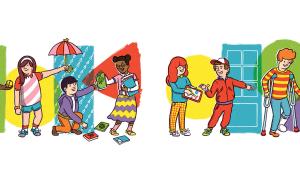article
Toolkit for Hearing the Lion's Story
Part of helping students talk openly about race involves reflecting on your own racial identity and race narrative. This toolkit will help you engage in a racial literacy activity with your colleagues.

